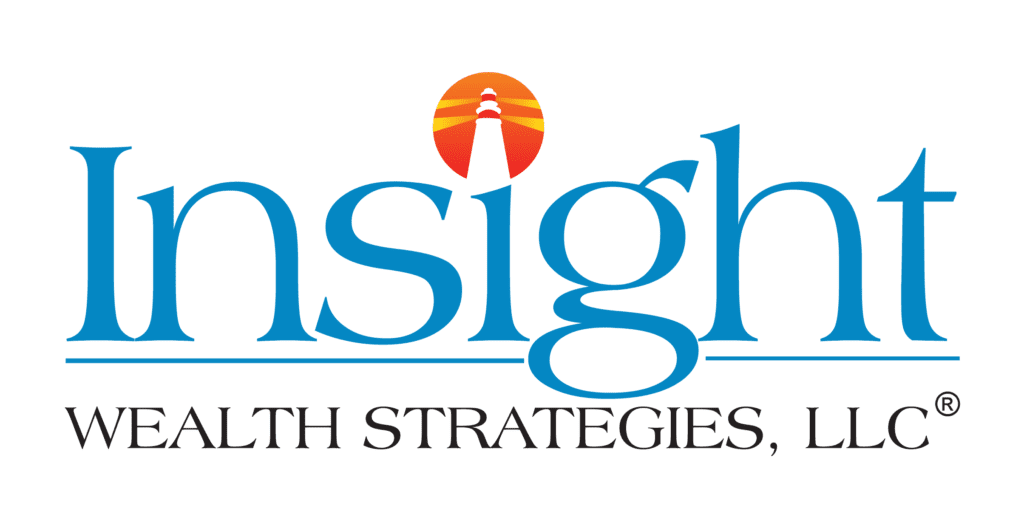Why the Federal Reserve is Keeping Interest Rates Low
On January 27, 2021, the Federal Reserve announced it was maintaining the target for its benchmark interest rate at 0 to .25% in a continuing effort to help prop up the U.S. economy in the wake of the coronavirus pandemic.(1) The Fed, which is the central bank of the United States, first lowered rates to this range in March of 2020 as the pandemic intensified, devastating communities and disrupting economic activity around the globe.(2) The Fed’s decisions on the benchmark rate have a ripple effect across the entire economy and will indirectly impact interest rates throughout the lending universe. Below, we will examine how the Fed influences interest rates, what that means for the U.S. economy and how long we can expect rates to remain in the current range.
How does the Fed determine interest rates?
The Federal Discount Rate is the rate charged to commercial banks and other depository institutions on loans they receive from their regional Federal Reserve Bank’s lending facility.(3) The main program the Federal Reserve Banks offers is primary credit, which consists of very short-term (usually overnight) loans. This rate is what is often referred to as the “discount rate.”
The Federal Open Market Committee determines monetary policy and decides where the benchmark interest rate is set. The federal funds rate, the rate banks set for each other for short-term loans, is linked to the target rate. Banks use the federal funds rate to determine the prime rate, which they use when lending to their best customers. The prime rate is the reference point for many types of lending.
What does that mean for the broader economy?
Historically, the Fed can decrease interest rates to heat up a stalled economy. As the economy strengthens, inflation will also rise. Conversely, the Fed increases rates to try and cool down an overheated economy and keep inflation in check. The Fed can also adjust rates as a preemptive measure. Decreasing rates makes borrowing less expensive. When borrowing becomes less expensive, more money will be loaned out. Banks will have more money to lend to customers, and those funds will ultimately make it into the economy. Companies will have the incentive to take out loans to invest in their businesses, ramp up spending and production, and hire additional workers. In short, changing interest rates influences the supply of money that will eventually flow through to consumers.
Rates on new mortgages, credit cards, auto loans, student loans, savings accounts, CDs, etc. are all indirectly impacted by rate changes made by the Fed. Keep in mind changing rates will not necessarily have an impact on loans already issued. For example, if you currently have a fixed rate mortgage on your home, a change in interest rates will not impact the interest rate you are paying or your monthly mortgage payment. However, it might be a good idea to compare current available rates with the rate you are currently paying and see if refinancing makes sense for your situation.
When the Fed adjusts target interest rates, it also has a psychological impact on the economy and equities markets. Markets tend to price in expected rate hikes and cuts prior to an actual announcement of a rate change. These changes can signal the Fed’s view on the current economic conditions and the Fed’s future forecast for the economy.
How long can we expect rates to remain low?
During the January meeting, the FOMC maintained it is still aiming for maximum employment with longer run inflation of 2%. The committee pointed out inflation has been “persistently below this longer-run goal,” so the Fed maintained it is willing to keep rates low in hopes inflation will increase to moderately above 2% in the short-term and ultimately will average the 2% target in the longer-term. The FOMC expects to keep the target range for the federal funds rate at 0 to .25% “until labor market conditions have reached levels consistent with the committee’s assessments of maximum employment and inflation has risen to 2% and is on track to moderately exceed 2% for some time.” (4) As to when that will happen, the Fed reported in the fall of 2020 it expects to keep rates in the current range through at least 2023, when it is projected average inflation will hit that 2% target. The committee also reported in January the Federal Reserve will continue to increase its holdings in Treasury securities and agency mortgage back securities until “substantial progress” has been made toward the committee’s maximum employment and price stability goals. The FOMC meets regularly (usually around eight times per year), so its outlook may shift as the pace of the economic recovery and financial conditions impacted by the pandemic continue to play out over the next several months.
Insight Wealth Strategies, LLC is a Registered Investment Adviser. Advisory services are only offered to clients or prospective clients where Insight Wealth Strategies, LLC and its representatives are properly licensed or exempt from licensure. Past performance is no guarantee of future returns. Investing involves risk and possible loss of principal capital. No advice may be rendered by Insight Wealth Strategies, LLC unless a client service agreement is in place.
Insight Wealth Strategies, LLC (IWS) and its affiliates do not provide tax, legal or accounting advice. This material has been prepared for informational purposes only, and is not intended to provide, and should not be relied on for, tax, legal or accounting advice. You should consult your own tax, legal and accounting advisors before engaging in any transaction.
Certified Financial Planner Board of Standards Inc. owns the certification marks CFP®, CERTIFIED FINANCIAL PLANNER™, in the U.S., which it awards to individuals who successfully complete CFP Board’s initial and ongoing certification requirements.

